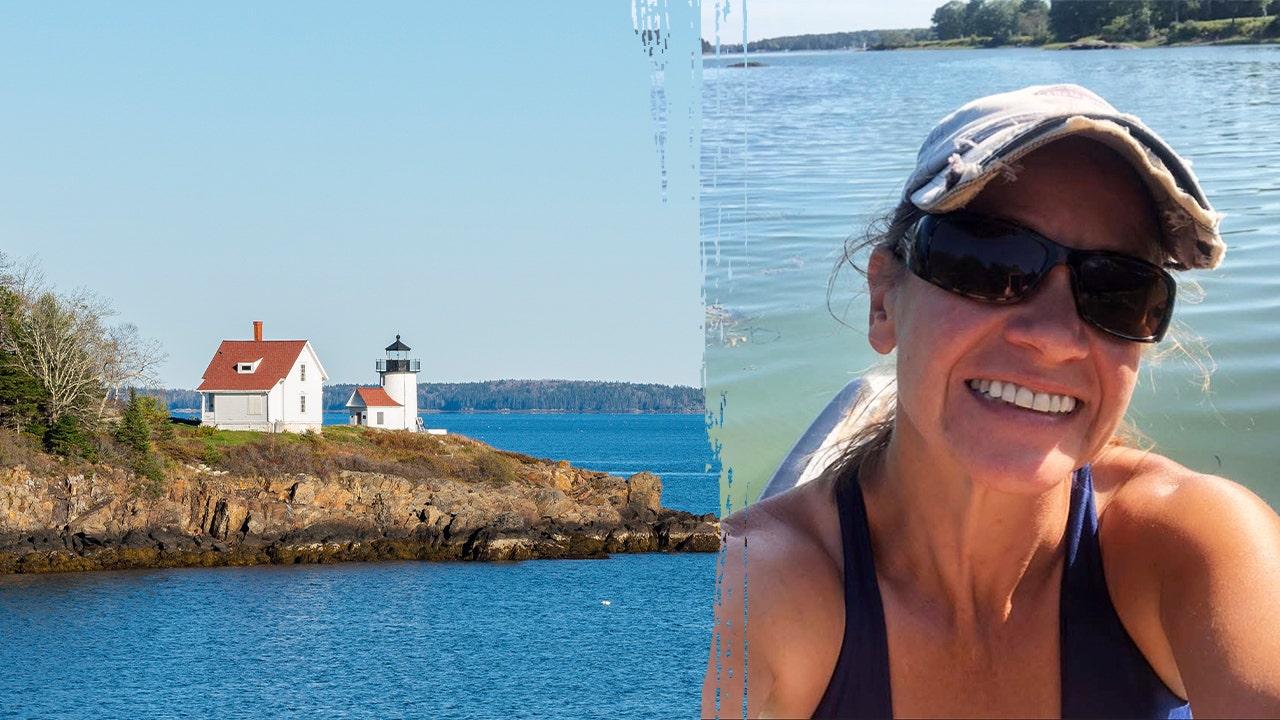Lifestyle
How to have the best Sunday in L.A., according to Andrew Bird
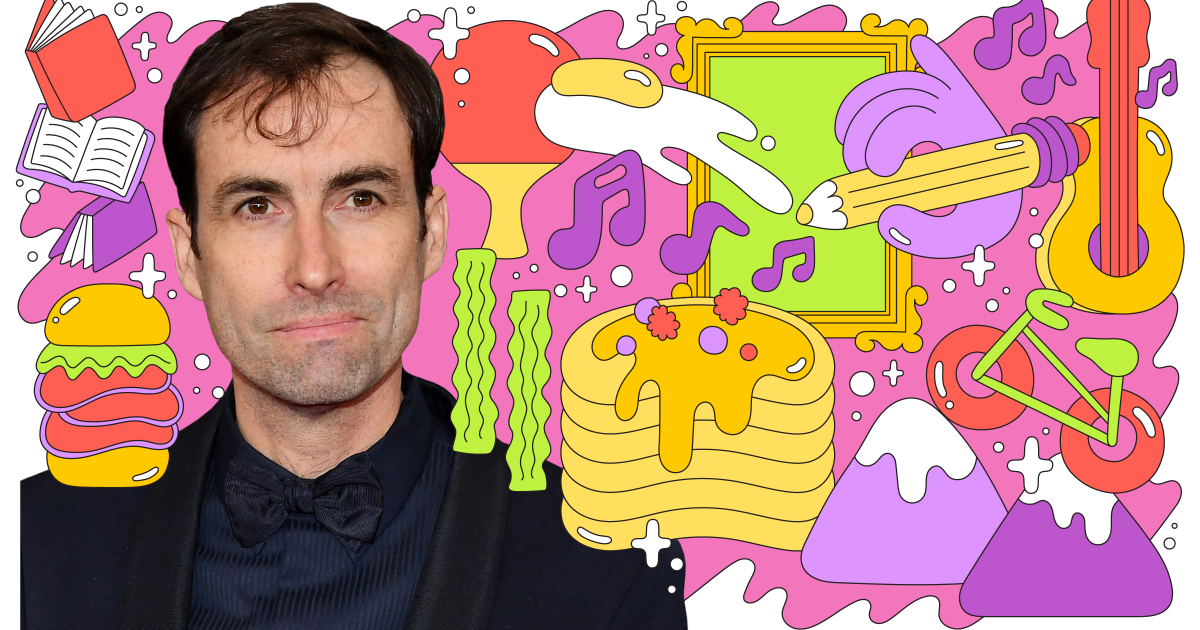
For Andrew Bird, Sundays hold special meaning. Those were the days when jazz would be etched into his subconscious before sunrise — as a 20-something living in Chicago, he’d doze off to late-night music broadcasts on local radio, listening to greats like Lester Young and Coleman Hawkins.
Now, two decades later, Bird’s latest album “Sunday Morning Put-On” (with Ted Poor on drums and Alan Hampton on bass) pays homage to those early influences.
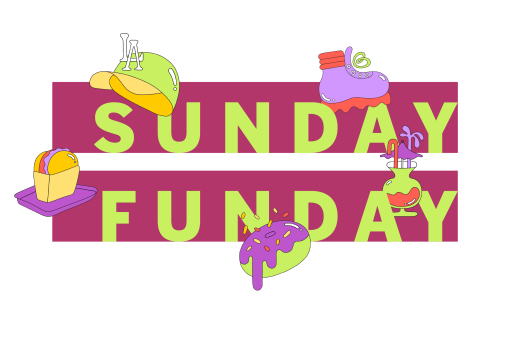
In Sunday Funday, L.A. people give us a play-by-play of their ideal Sunday around town. Find ideas and inspiration on where to go, what to eat and how to enjoy life on the weekends.
These days, Sundays look a bit different for the singer, songwriter, multi-instrumentalist and whistler, but they’re still a time for decompressing. “I don’t really have a typical 9-to-5, ‘Thank-God-it’s-Friday’ lifestyle, but Sunday is the closest thing to that,” said Bird, who has released 16 studio albums since his debut in 1996. “It’s the one day I can carve out time for non-work, creative things.”
Bird and his wife, Katherine Tsina, along with their 13-year-old son, have set down roots in Northeastern L.A., which they’ve called home for the last 11 years. Bird is currently on tour and will play two shows at the Hollywood Bowl in August, with Pink Martini.
For Bird, an avid mountain biker, being able to be outside any day of the year is one of the best things about living in L.A. “I love mountains,” he says. “I’m just a lot healthier here than I was anywhere else.”
This interview has been lightly edited and condensed for length and clarity.

8:30 a.m.: Wake up with pancakes and jazz
We’ll make breakfast, coffee, put on a jazz record and take it pretty easy. Sometimes we’ll make pancakes, like Dutch baby pancakes with lots of fruit on top. That’s kind of a special Sunday treat. Other than that, eggs and bacon, and lots of stone fruit berries.
9 a.m.: Grab my bike and hit the trails
If I’ve got a mountain biking ride scheduled with some other folks, we’ll either meet up at Dirt Mulholland or JPL (I just say JPL for all of the trails that are in Altadena via the Arroyo Seco River). That’s my ideal spot, it’s about 15 minutes away. I’ll ride up the Gabrielino Trail where there’s horses, hikers, bikers, but it all depends on the temperature. If the weather report says 75 to 80 degrees, it’s borderline too hot. Up above when it’s exposed, it’s really more like 90 degrees. I’ve come close to having heatstroke up there.
If it’s too hot, you stay down on the river bed, which right now has a lot of water in it so you get wet going across six or seven river crossings on your bike. It’s really an almost jungle-like environment. It’s really like another world. If you’re used to Griffith Park, which is just scrub and piles of loose sand and quartz, this feels much more tropical and remote.
11 a.m.: Refuel with fresh pasta or sandwiches
After that, not too far away is this deli that I’ve just been really into lately called Ferrazzani’s. It’s part of Semolina Artisanal Pastas company and they make fresh pasta right there. Next door, there’s an Italian market that has cheese and guanciale and fresh pasta and they make like five different sandwiches. They’re all just delicious. It’s a nice spot.

1 p.m.: Have a family sketch session
There was one day when [my family and I] went to the Norton Simon Museum and sketched modern art and that was a pretty awesome day, I have to say. The scale of it reminds me of a Chicago museum in a lot of ways, like a mini Art Institute. And I like the building itself, with all the heath piles on the outside.
My mom was an artist and she used to take me and a bunch of my friends down to the Art Institute and we’d bring sketch pads and sketch whatever we found interesting. I started doing that with my family and I don’t know why more people don’t do it. It makes it a whole different experience and you get to compare your sketches with everyone else that’s sketching the same thing. I’m really not a visual artist, but that one little tradition from childhood is something I really enjoy.
4 p.m.: Stroll through Atwater Village
We spend a lot of time in Atwater Village on Sundays. They have a farmers market and my wife has a shop there, Avion Clothier. That’s been kind of a hub for us for the last nine, 10 years it’s been open. It’s just a cool spot.
In Atwater there’s Alias Books, Proof Bakery and wide sidewalks with cafes. It has street life, which is a rare thing in L.A. and it’s designed like an old western town with a super wide boulevard that you could have a parade on, wide sidewalks, and then normal commerce as opposed to the beige corner strip mall stuff that’s all over Hollywood. If you build it, they will come. It’s pretty hoppin’ these days.
6 p.m.: Sunday family dinner
Afterward we have Sunday family dinner with my wife and son and my sister-in-law who lives down the street. We tend to make homemade bolognese. It’s a joint effort but most of the credit goes to my wife. I’m a line cook.

7:15 p.m.: Watch a movie or jam with my son
And then the extended family comes over and hangs out and we maybe watch a movie all together. Sometimes we kind of split off and my son and I will watch “Rick and Morty” while my wife watches something that’s more her speed. Or my son and I will play ping-pong or tennis or something like that. He just turned 13 and he’s a really good guitarist and singer, but he hasn’t shown any desire to make that his life’s work at the moment. He got really good at the guitar during the pandemic — he plays finger-picking style guitar.
It’s kind of a tricky dynamic because as a professional musician, every time he says he wants to jam, I’m like, “Oh great, OK,” and it lasts about 10 or 15 minutes. Then he goes into a passive resistance mode. So still trying to figure that out. The key is to just kind of be very hands off but it’s hard to repress your pride [as a parent]. He has a good ear and he’s a good musician. But then you say like, “Hey, are you gonna go for a solo in the choir?” And that’s met with like, “Back off.”

9:30 p.m.: Wind down — in bed or on a tour bus
[Bedtime] depends on what phase of the year I’m in with touring or what have you. But when I’m at home, I generally start reading at like 9:30 or 10 p.m. and I’m asleep by 11, maybe. I read a lot at night. Right now I’m reading Don Carpenter’s “Hard Rain Falling.” It’s a ‘50s noir, prison, tough guy sort of novel.
If I’m on a bus tour, I’m in the bunk as soon as the bus starts rolling, by 12:30 or 1 a.m. It’s hard to describe sleeping with 10 other people in like 400 square feet as “luxurious,” but you have a day sheet that tells you what your obligations are for that day, where you have to be, what time. And otherwise you’re kind of off the hook. Life is very simple. So I sleep much better on tour.

Lifestyle
Nutella-maker Ferrero to gobble up cereal giant Kellogg for $3.1 billion

The Italian candy company Ferrero plans to buy the American cereal maker Kellogg for $3.1 billion, the companies announced Thursday. The deal would unite the makers of household brands including Nutella and Frosted Flakes.
Brandon Bell/Getty Images (left photo) and Justin Sullivan/Getty Images (right photo)
hide caption
toggle caption
Brandon Bell/Getty Images (left photo) and Justin Sullivan/Getty Images (right photo)
American cereal giant Kellogg and Italian candy giant Ferrero have struck a sweet deal worth $3.1 billion.
Ferrero, the family-owned maker of Nutella, has agreed to buy the iconic American maker of Froot Loops and Frosted Flakes, combining two of the world’s most storied sweet brands.
“Joining Ferrero will provide WK Kellogg Co with greater resources and more flexibility to grow our iconic brands in this competitive and dynamic market,” WK Kellogg CEO Gary Pilnick said in a statement.

Rapidly changing consumer habits are the context for this deal, as U.S. shoppers are increasingly either looking to store-brand snacks and cereals in search of a deal or reaching for heathier choices. Kellogg is also working to phase out artificial dyes from its products.
The company in May reported a decline in sales and lowered its financial forecast for the year. Its new deal with Ferrero will face reviews by Kellogg’s shareholders as well as federal regulators.
Ferrero was founded in Italy nearly 80 years ago and has lately been on a quest to expand its American reach. The company has bought ice cream company Wells Enterprises, known for Blue Bunny and Halo Top brands, in addition to Nestle’s American chocolate business, which includes Butterfinger and Raisinets.
“Over recent years, Ferrero has expanded its presence in North America, bringing together our well-known brands from around the world with local jewels rooted in the U.S. Today’s news is a key milestone in that journey,” Giovanni Ferrero, executive chairman of the Ferrero Group, said in a statement on Thursday.
Kellogg’s parent company first split about two years ago, spinning off its North American cereal business (with Rice Krispies and Kashi) into WK Kellogg. The other half, the snacking business (with Cheez-Its and Pop-Tarts), was last year sold to Virginia-based Mars (with M&Ms and Juicy Fruit) in a massive $30 billion deal.
Lifestyle
'This is our Super Bowl': Where to watch the 'Love Island USA' season finale in L.A.
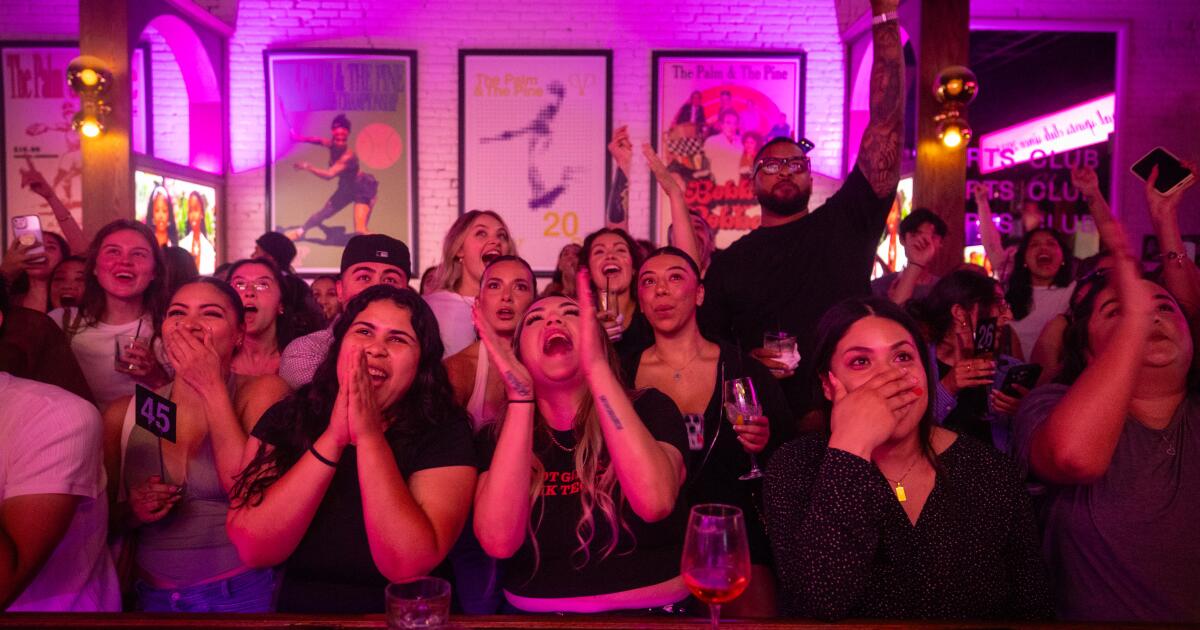
“Let it go!” one person screamed at a massive TV screen.
“Get him out of my villa!” shouted another.
“Oh, we’re voting tonight!” declared another as they whipped their index finger in a circular motion as if to say, “We need to round up the troops and get ready for war.”
It’s 8 p.m. at the Palm & the Pine and every single seat is taken, so some people have resorted to huddling outside to watch the action through a window. A small crew of bartenders are working double time to serve up wings, french fries and tropical-themed cocktails.
Attendees celebrate the start of the episode.
(Jason Armond / Los Angeles Times)
On most nights at the family-owned Hollywood spot, dubbed “your girlfriend’s favorite sports bar,” patrons might come to watch tennis or basketball or soccer. But on this Tuesday evening, the guests were there to watch a different type of game. They came to the crowded bar to watch “Love Island USA” with 200 other fans who are just as invested in the reality dating show as they are.
“The decibel levels crush any Super Bowl, World Series or anything we’ve shown there,” said Colin Magalong, co-owner of the Palm & the Pine.
“This is our Super Bowl,” added Madeline Biebel, founder of the pop-up event series that screens reality TV shows called Reality Bar, which has been hosting free “Love Island USA” watch parties at the Palm & the Pine and other bars across L.A.
-
Share via
While people have been gathering to watch high-profile television episodes in public spaces for years, the communal watch party has been having a resurgence, fueled in part by social media and the highly dissectible nature of shows like “The White Lotus,” “Severance” and “Traitors.” This summer, “Love Island USA,” a spinoff of the U.K. reality dating show that airs six days a week, has sparked a pop culture craze and Angelenos are flocking to coffee shops, bars, restaurants, social clubs like Soho House and arcades like Dave & Buster’s just to watch the show and kiki about it with others in person.

“This is our Super Bowl,” says Madeline Biebel, founder of Reality Bar, which hosts reality TV watch parties around L.A.
(Jason Armond / Los Angeles Times)
Now in its seventh season, the premise of “Love Island USA” is fairly simple: Ten singles are plopped into a lavish villa in Fiji, where they must couple up with a member of the opposite sex or risk getting dumped from the island. Over the course of several weeks, contestants (who are referred to as “islanders”) participate in extravagant challenges — many of which require them to wear revealing outfits and make out with one another — that are designed to stir up drama. At random, “bombshells” are brought into the mix to encourage the islanders to test their romantic connections. All the while, viewers at home can vote for their favorite islanders, sort of like “American Idol,” with hopes that they will make it to the end and win the $100,000 prize.
“It is so outlandish,” said Lauren Sowa, who lectures on television and pop culture at Pepperdine. “Shows like ‘The Bachelor’ try to maintain a level of decorum and something like ‘Love Island’ throws that into their ocean and their pool and their foam parties with both hands.”
Between the spicy games, the contestants’ disconnection from the world, their dorm room-style living conditions and the ultimate challenge of finding love, Sowa says, “The stakes couldn’t be higher. The drama couldn’t be more and therefore we could not be more entertained.”
The idea of bringing people together to watch “Love Island” and other reality TV shows came to Biebel in 2021 when L.A. was starting to reopen after the COVID pandemic. She wondered, “Why isn’t there a bar or restaurant that shows ‘The Bachelor’?” Biebel, 28, recalled.
At first the bartenders at her local sports bar laughed at her request to turn on the show, but when a crowd of people joined her to watch it on the patio, she knew that she was onto something.
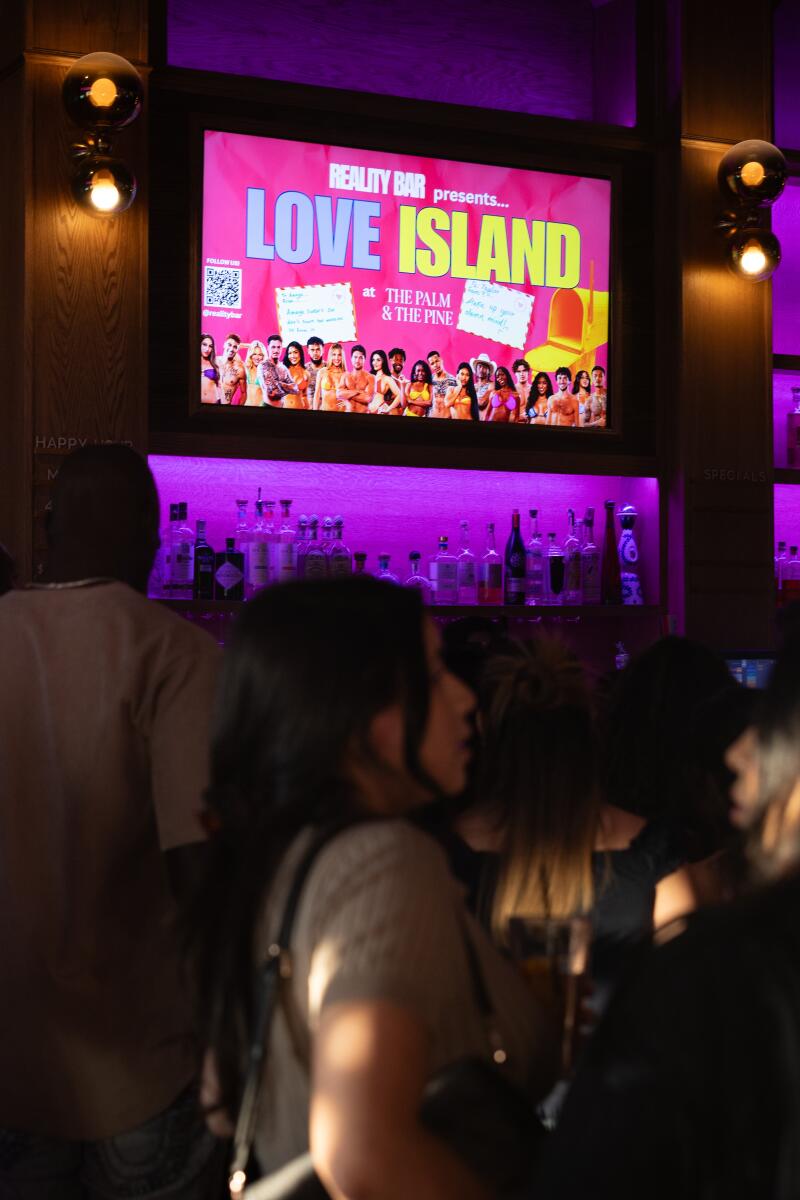
Attendees arrive as early as 5 p.m. to secure a seat at the “Love Island USA” watch party in Hollywood. (Jason Armond / Los Angeles Times)
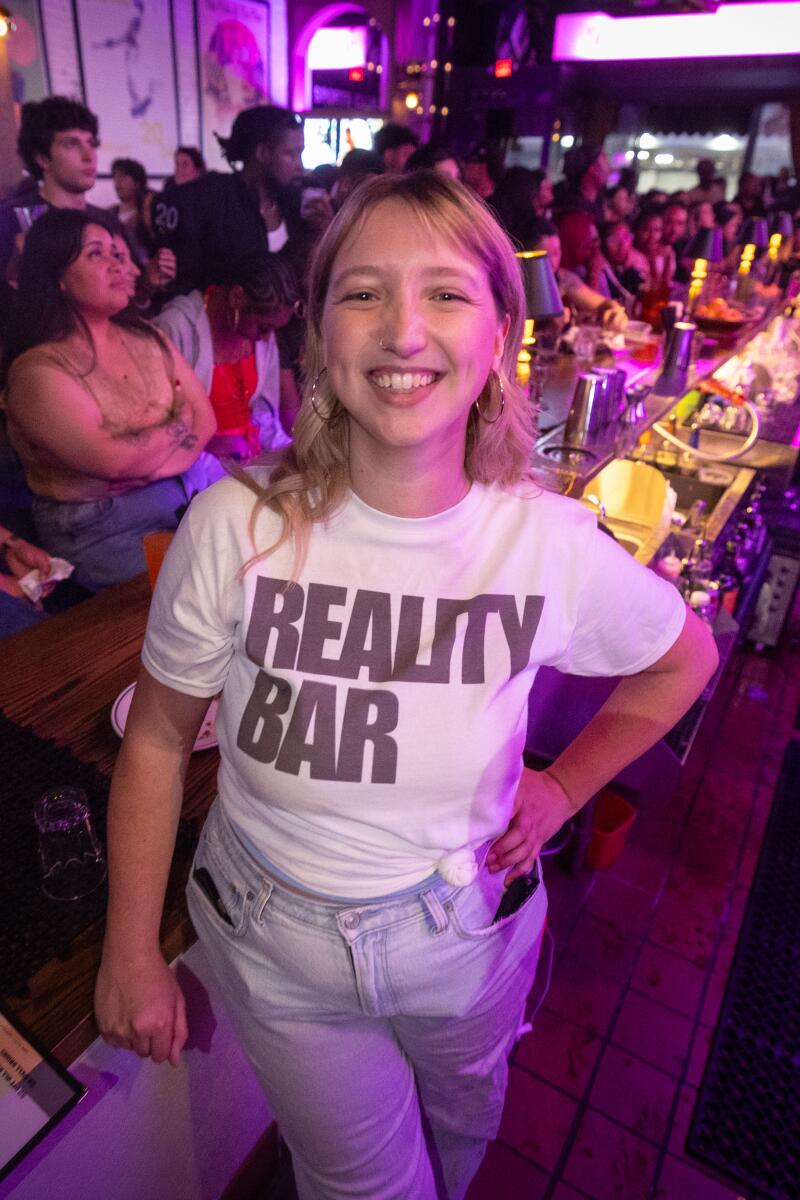
“Those moments where everyone is freaking out together are just magical,” said Madeline Biebel, founder of Reality Bar. (Jason Armond / Los Angeles Times)
She hosted the first Reality Bar event in 2023 at a restaurant on the rooftop of the Kimpton Hotel Wilshire and 40 people showed up to watch “Love Island USA” Season 5. She continued hosting watch parties for reality shows including “The Real Housewives” and “The Bachelor,” one in which Joey Graziadei, the Bachelor himself, made a surprise appearance.
But none of the events have been as popular as the parties for the current season of “Love Island USA.” Thanks to a TikTok that got nearly 3 million views, the watch party at the Palm & the Pine went from having about 100 RSVPs to 1,500. On Sunday, fans cheered when Austin Shepard and Charlie Georgiou, who were booted from the island, made an appearance at the event. To keep up with the growing demand, Biebel added 10 other venues to watch the show at including the Nickel Mine in Sawtelle, Roosterfish in West Hollywood and the Happy Rabbit in Sherman Oaks.
“People are just so hungry for connection and community especially post-COVID,” said Biebel, adding that it brings people together who share a common interest. “Those moments where everyone is freaking out together are just magical.”
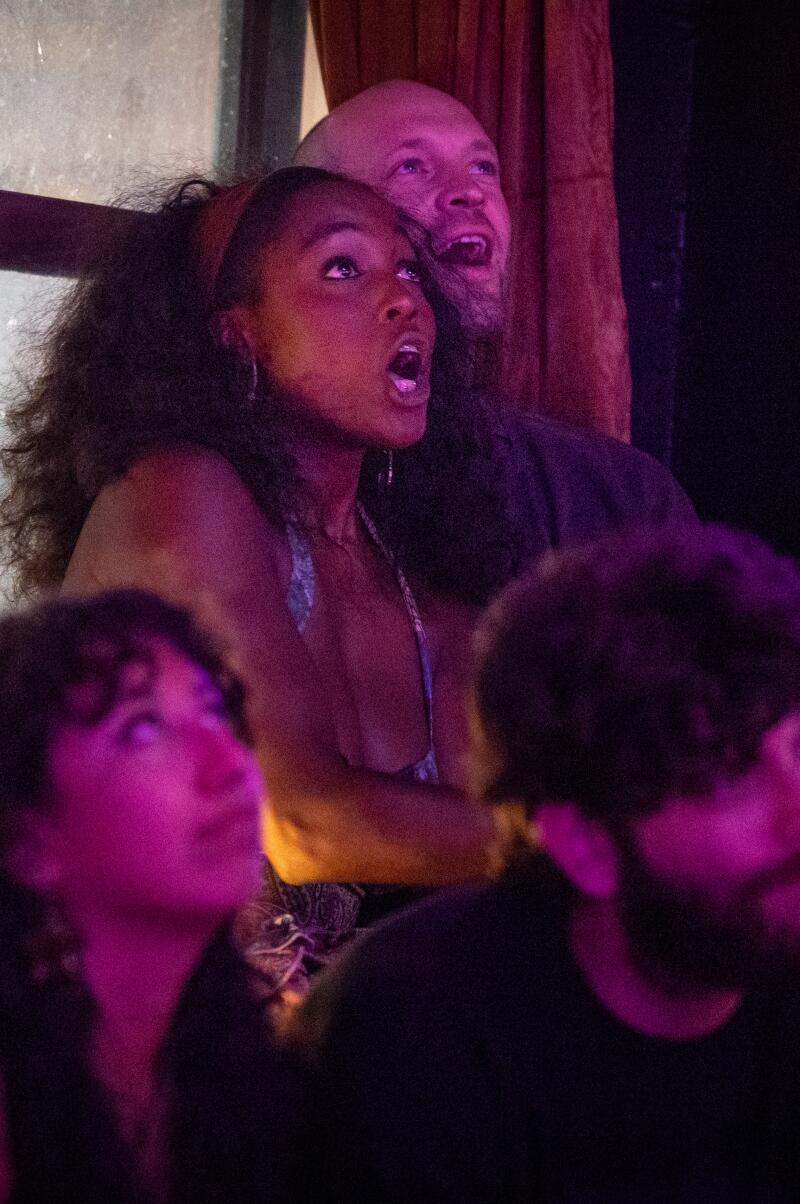

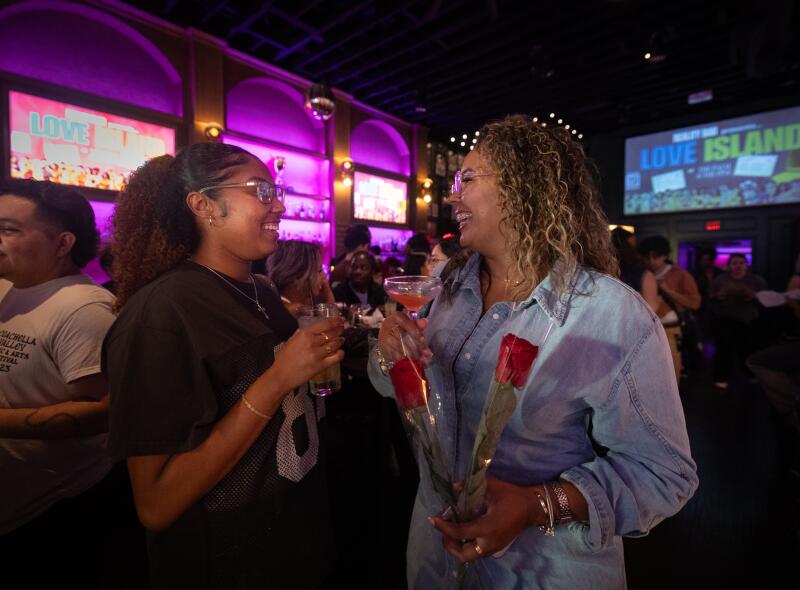
(Clockwise from left) 1.) Fans of “Love Island USA” cheer, scream and gasp during the dramatic episode. 2.) Reality Bar’s “Love Island USA” watch parties became so popular that 10 more L.A. locations were added. 3.) Maya Suarez, left, and Reanna Davidson enjoy drinks and roses courtesy of Reality Bar. (Jason Armond / Los Angeles Times)
At the Tuesday night party, people started arriving as early as 5 p.m. to secure a seat inside the two-story bar. As pop and hip-hop music played loudly over a sound system, attendees sipped on “Love Island”-themed cocktails with clever names like the “I’ve Got a Text-ini” (a vodka martini with cranberry juice), “Bare Minimum” (an espresso martini), “Hot New Bombshell” (tequila, grapefruit and lime), “Aftersun Spritz” (Prosecco, mint, soda and lemon) and “I’m Open” (cucumber, vodka, lemon and soda).
When the show promptly appeared on the bar’s multiple TV screens at 8 p.m., a thunderous roar of cheers exploded. Throughout the dramatic episode — which involved the islanders reading anonymous letters about how their fellow cast mates truly felt about them — many patrons talked among themselves and shouted at the TV, but no one seemed bothered. The energy was high and the subtitles were on.
Branson Bond, 27, of Hollywood and six of his friends went to the watch party for the first time after learning about it on social media.
“It’s one thing to see people’s perception online, but it means so much more — whether it’s music or film — to be around people who have a common interest,” said Bond, who managed to find a booth in the upstairs area of the bar with his friends. “Especially with everything going on in the world, it’s cool to kind of decompress with something silly every now and then.”
“We love to kiki, to party [and] we need a debrief like immediately after the show, so I needed to experience this,” said Giselle Gonzalez, 27, of Hollywood.
Reanna Davidson, 26, and her sister Maya Suarez usually rotate watching “Love Island USA” together at one of their homes, but they thought a watch party would be more fun.
“I feel like we’re obsessed with “Love Island” and we go crazy at home so we wanted to see what the environment was like here,” Davidson said in between sips of a martini.
“I like the drama, but also I like the love,” she said. “Like last year, watching them all fall in love and really have relationships outside of it was so sweet.”

“I love the camaraderie here and everybody yelling,” says attendee DeVante Waugh.
(Jason Armond / Los Angeles Times)
After attending one of Reality Bar’s watch parties at a different venue, DeVante Waugh, 32, wanted to come back with a group of his work friends who all started watching the show recently.
“I love the camaraderie here and everybody yelling,” said Waugh, adding that he’s still mad that Jeremiah was sent home during one of the show’s most shocking moments. “It’s fun. It’s like watching a game. And then there’s a lot of pretty women, not a lot of guys,” he adds jokingly.
While some attendees left the bar immediately after the episode was over, some stayed to do karaoke, strike a pose in the photo booth or to recap what happened on the show with their new friends. It’s this community aspect that JP Stanley, 29, of Hollywood appreciates most about watch parties.
“I think it’s the sense of being a part of something,” said Stanley as he sipped on a glass of Prosecco. He attended the event with a friend and said he hopes to see more watch parties even after the current season of “Love Island” wraps. “L.A. is really yearning for that community and I think this is something that really gives people of any age a place to connect, and it’s such an easy common denominator.”
He added, “There’s no prerequisite required. You don’t have to know anything about me and I don’t have to know anything about you. I can just be like, “So, Love Island” and you’ll be like, “Right, Amaya!”
“Love Island USA”
Where to watch the season finale in L.A. on Sunday
The “Love Island USA” Season 7 finale airs Sunday, July 13, at 6 p.m. PT on Peacock. These bars around L.A. will be hosting watch parties, most of them organized by Reality Bar.
The Palm & the Pine (1624 N. Cahuenga Blvd., Hollywood) at 8 p.m.
Nico’s (3111 Glendale Blvd #2, Los Angeles at 8 p.m.)
Roosterfish (8948 Santa Monica Blvd., West Hollywood) at 8 p.m.
The Nickel Mine (11363 Santa Monica Blvd., Los Angeles) at 8 p.m.
On the Thirty (14622 Ventura Blvd. #112, Sherman Oaks) at 8 p.m.
Happy Rabbit (5248 Van Nuys Blvd., Sherman Oaks) at 8 p.m.
Untamed Spirits (3715 Evans St. W., Los Angeles) at 8 p.m.
Britannia Pub (318 Santa Monica Blvd., Santa Monica) at 8 p.m.
Eastwood (611 S. Western Ave., Los Angeles) at 8 p.m.
33 Taps (at all 5 locations) at 8 p.m.
Lifestyle
Great Songs For Your Next Road Trip : Pop Culture Happy Hour

-

 Business1 week ago
Business1 week agoSee How Trump’s Big Bill Could Affect Your Taxes, Health Care and Other Finances
-

 Culture1 week ago
Culture1 week ago16 Mayors on What It’s Like to Run a U.S. City Now Under Trump
-

 Politics6 days ago
Politics6 days agoVideo: Trump Signs the ‘One Big Beautiful Bill’ Into Law
-

 Science1 week ago
Science1 week agoFederal contractors improperly dumped wildfire-related asbestos waste at L.A. area landfills
-

 News1 week ago
News1 week agoVideo: Who Loses in the Republican Policy Bill?
-
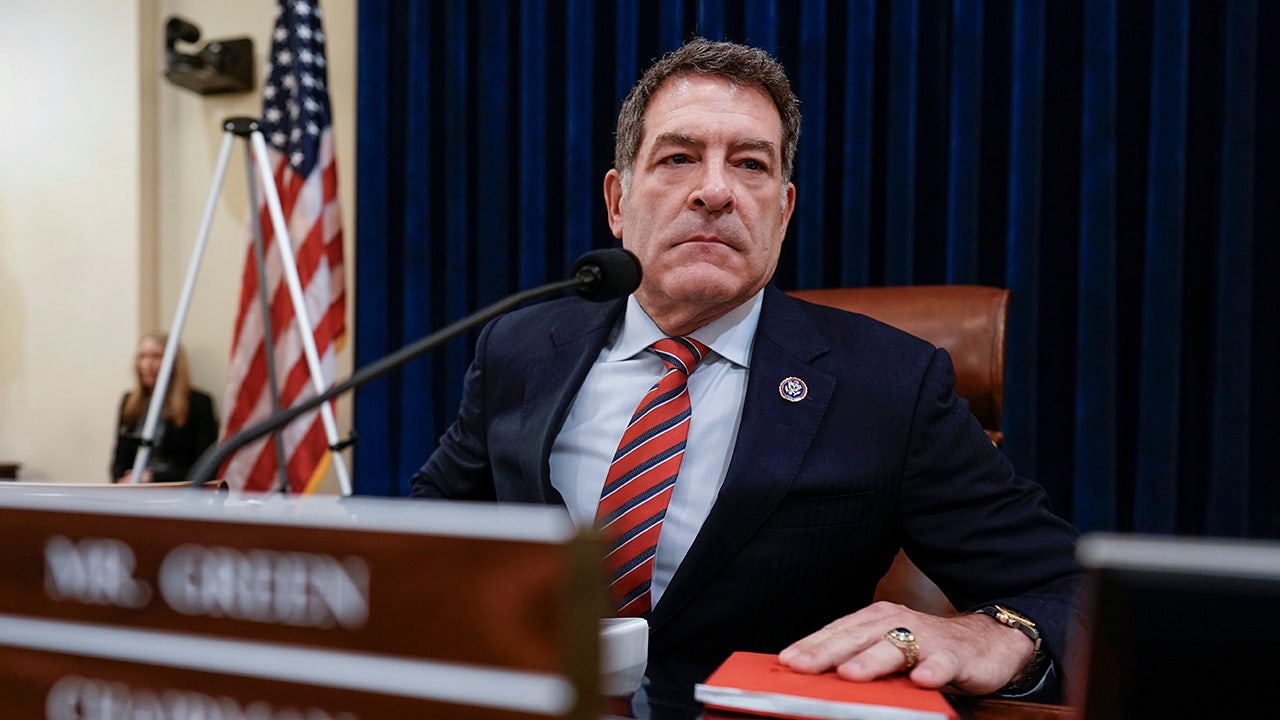
 Politics1 week ago
Politics1 week agoCongressman's last day in office revealed after vote on Trump's 'Big, Beautiful Bill'
-

 Technology1 week ago
Technology1 week agoMeet Soham Parekh, the engineer burning through tech by working at three to four startups simultaneously
-

 World6 days ago
World6 days agoRussia-Ukraine war: List of key events, day 1,227

